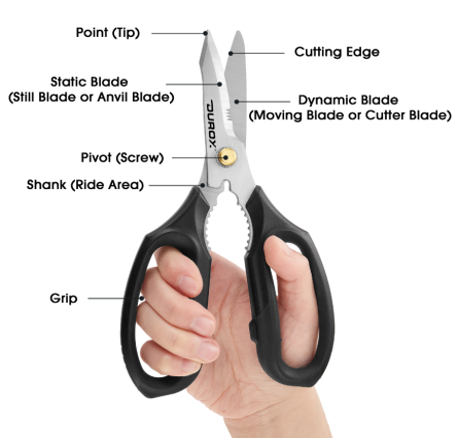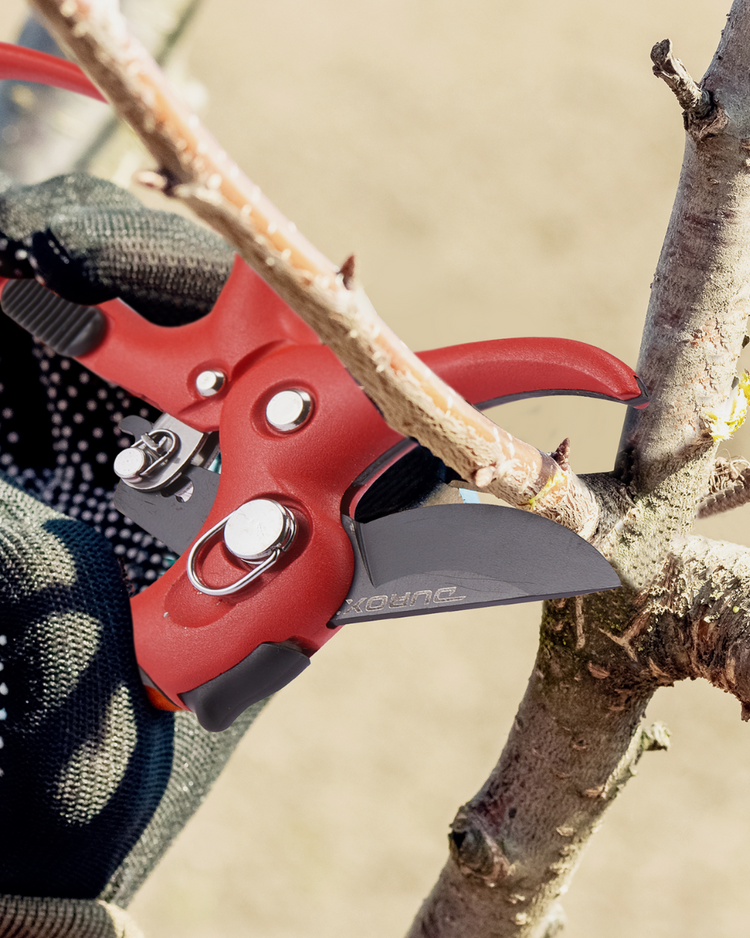
Essential Guide to Scissor Components, Functions, and Terminology
The Essential Parts of Scissors: A Comprehensive Guide
Understanding the essential parts of scissors is crucial for sharpening and maintaining them effectively. This guide offers an in-depth look at the critical components of scissors, explaining their functions and how they contribute to the tool's overall performance and longevity. Whether you're a professional or a casual user, knowing these details can significantly enhance your cutting precision and ease of use. Dive in to discover how each part of your scissors works and how to keep them in top condition.

Pivot (Screw)
The pivot, also known as the screw, is a vital fastener that joins the two blades. Located at the intersection of the blades, it enables them to rotate smoothly, facilitating the opening and closing actions of the scissors. This component is critical for the scissors' functionality as it ensures blade alignment and fluid movement, directly affecting cutting precision and ease of use.
Shank (Ride Area)
The shank, or ride area, connects the finger holes to the blades. Situated between the handles and blades, it provides leverage and stability for precise cutting. This part is essential for the overall balance and control of the scissors.
Grip
The grip, or finger holes, are the handles of the scissors, often crafted from durable plastic and designed to provide ergonomic comfort and precise control. Some scissors incorporate Ethylene Propylene Rubber (EPR) to absorb shock, reducing fatigue and improving grip during extended use.

Static Blade (Still Blade or Anvil Blade)
The static blade, also known as the still blade or anvil blade, is the fixed blade that remains stationary during cutting. Positioned beneath the material, it serves as a stable base for the moving blade to cut against. This arrangement enhances stability and prevents slipping, enabling precise and controlled cuts.
Dynamic Blade (Moving Blade or Cutter Blade)
The dynamic blade, also known as the moving or cutter blade, is the active blade that moves to cut materials. Positioned above the material, it works with the static blade for precise and efficient cutting. This blade's movement is crucial for the scissors' functionality, ensuring clean and effective cuts. Often, this is the blade that requires sharpening when it becomes dull.
Point (Tip)
The point, or tip, of the scissors is the pointed end of the blades, essential for precise cutting and piercing materials. Its sharpness allows for detailed tasks like snipping threads, intricate fabric cuts, and creating shapes in paper crafts. However, this part is the weakest leverage point and may not be effective for cutting difficult or hard materials.
Cutting Edge
The cutting edges refer to the sharp, honed edges of both blades on a pair of scissors. These edges are meticulously ground to achieve a fine, sharp finish that enables the scissors to cut through materials smoothly and effectively. The quality and condition of the cutting edges are critical for the scissors' performance, as they determine how cleanly and efficiently the scissors can slice through different types of materials, from paper and fabric to tougher substances like leather or plastic. Proper maintenance of these edges, including regular sharpening, is essential to preserve their cutting ability and extend the lifespan of the scissors.
Conclusion
Knowing the parts of your scissors and their functions can significantly improve your cutting experience. Each component, from the pivot to the cutting edge, plays a crucial role in the tool's overall performance. Regular maintenance, such as cleaning and sharpening, ensures that your scissors remain in top condition, providing precise and efficient cuts every time. By understanding these details, you can select the right scissors for your needs and maintain them effectively for long-term use.

